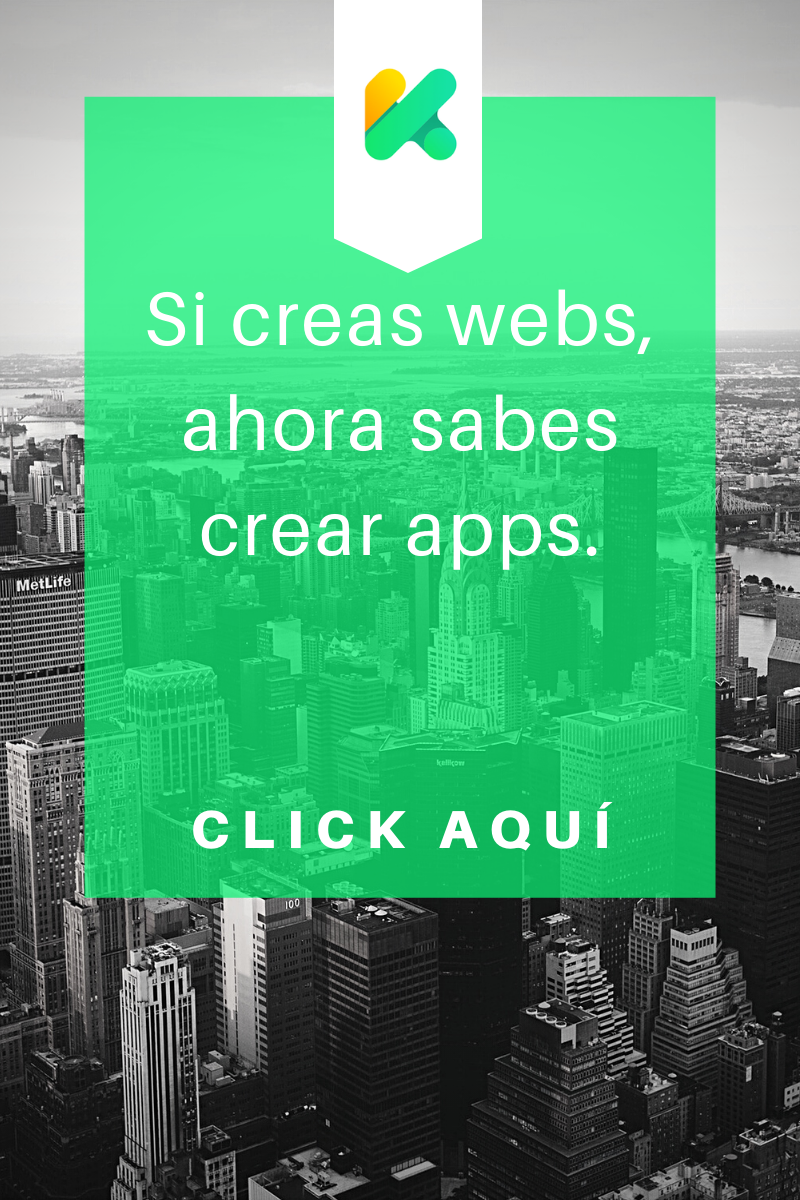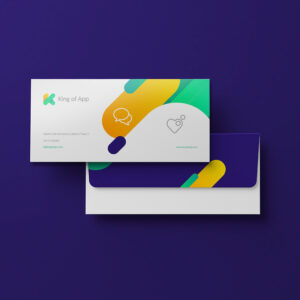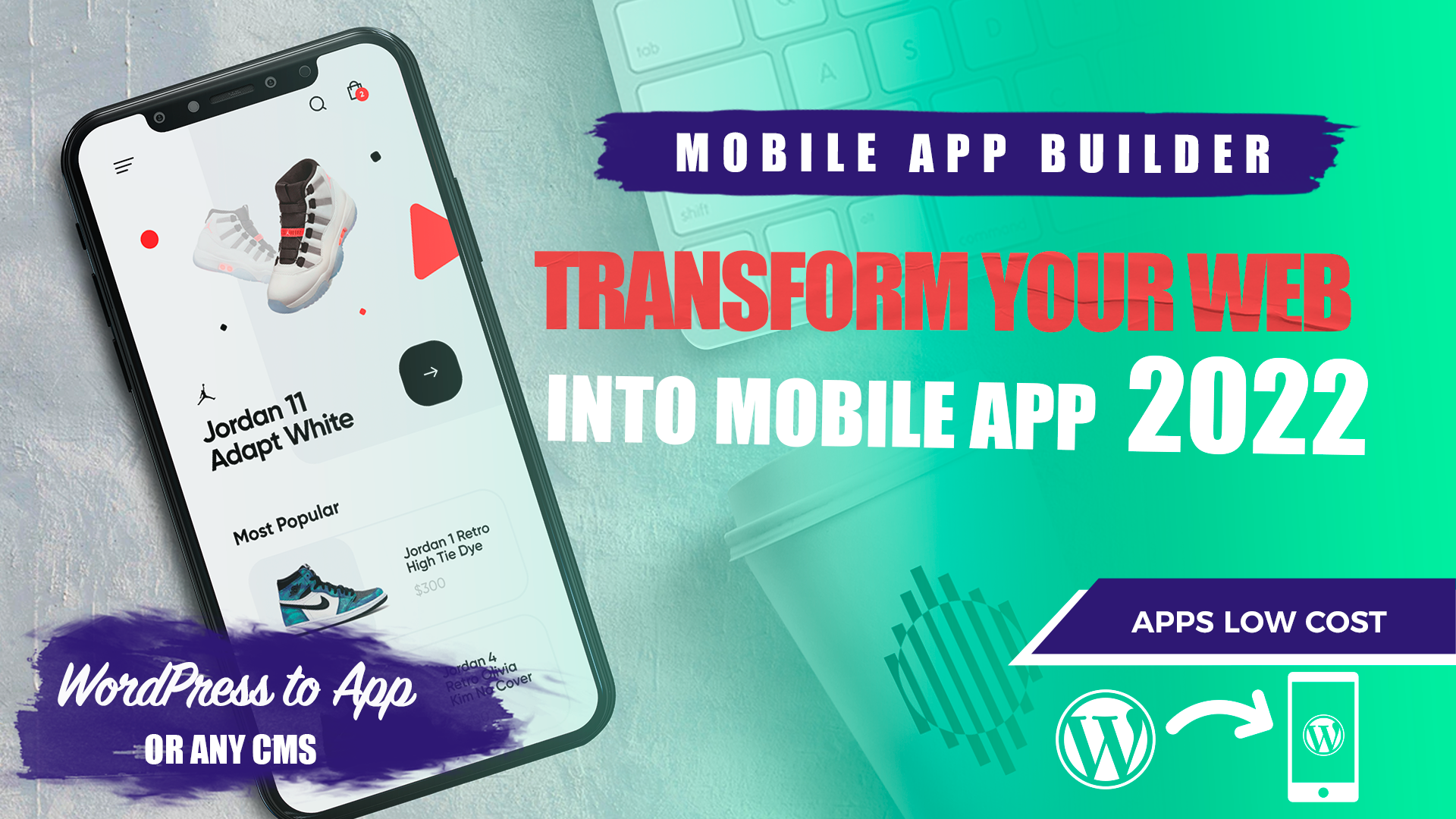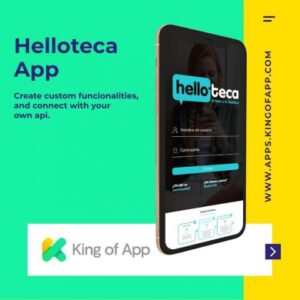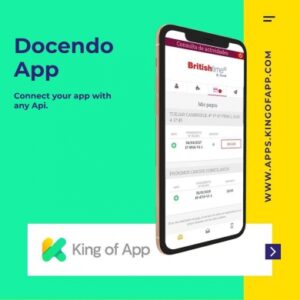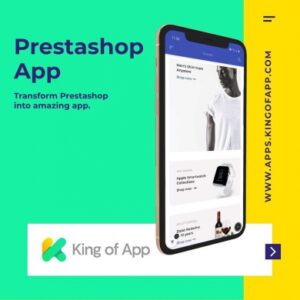The freemium monetization model is beloved by many investors and large groups. They claim that the important strategy is to acquire a large number of users – even if only a small percentage actually pay for your service. If your user base is large enough, 10% of paying users can represent millions of dollars every month.
What is a Freemium Model?
Freemium business model is when a startup offers a free service to its consumers and extra features for a fee, such as Skype or LinkedIn.
In this case, the paying users are subsidizing the free users of the platform allowing both groups to gain value. More specifically, at the beginning a startup will use the funds of investors to develop the product and manage to reach a considerable user base, so the product will have more value for premium users.
The freemium model works well with tools that become more valuable to users over time and constantly add new features to convince non-paying users to go premium.
If the company does not serve multilateral markets and uses the free service as a hook to attract customers, it will be considered as a marketing tactic not a freemium model. Netflix is a good example, which offers a one-month free trial.
In Netflix’s case, free users would benefit the company if it had a way to make a profit from this mass of non-paying users, but it does not necessarily have benefits alongside premium consumers. Netflix subscribers do not benefit from users who are testing the product for a free period of 30 days.
Sectors where Freemium model has enormous potential
Companies that gain from having a large network are more likely to offer free products. The low marginal cost of web-based multilateral platforms allows companies to reach a very large number of users and some of them are converted into paying customers.
Platforms in the entertainment industry that deal with videos, photos, music, games, have the advantage of having high value content for a wide range of users, who are more willing to share such content with their social network.
The software as a service industry (SaaS) also has a large number of companies working with freemium models, offering corporate tools that improve users’ productivity. Within SaaS we have examples where freemium is used as model: cloud storage, security, back-up (Big Data).
Also notable is the presence of freemium in the telecommunications industry, where companies enable free communication via VOIP or instant messaging online.
Freemium Case Studies
MailChimp
This email marketing tool, launched in late 2009 its “Power to the People!” campaign, marking the launch of its freemium model, allowing users to send 3,000 emails per month for free. And it worked very well, the user base grew 240% in just seven months. It took 9 years to reach 85,000 users (organically), but only 7 months to rise to 290,000 (thanks to their freemium model). They also rose from 200 to 450 million emails – which resulted in a 200% increase in revenue.
Evernote
Evernote lets you organize notes in the cloud. It was launched in June 2008 and today has 2.7 million users, increasing by 7,000 users per day. They have never used any kind of marketing – they have grown 100% organically, without even any kind of viral strategy. Premium users pay $ 5 per month or $ 60 per year (70% of paying users make the annual payment). Today Evernote has 50,000 paying users, which represents 1.8% of total users (or 6% of active users).
Evernote increased its revenue by 18% per month. They realized that for every 30 thousand users, only 11 thousand of them remained active after 3 months (a churn rate of 65%). Although the churn rate is high, the users staying active after three months are very likely to convert. Thus, over the years the growth of paying users will increase, which leads to exponential growth.
Pocket helps people to save interesting content from the web to enjoy later. This company is a good example of how creativity is the best way to convert free users to paying customers. The application, available on all major platforms, is well developed and constantly updated with new features – one of the most recent are the reading recommendations based on what you saved.
In addition to saving from the sharing buttons on Android and iOS, Pocket comes natively integrated with Firefox and has extensions for Chrome and Safari. For Mac users, there is a Pocket for OS X, which even saves articles for offline reading.
Pocket is free on all platforms. Their paid plan, Pocket Premium, costs $ 11 a month or $ 99 a year, the user gets access to permanent library features, enhanced search, text searches, authors and keywords, and tag suggestions.
We hope you now may know much better how freemium model is about. It’s up to you to choose your monetization strategy. Do you know now what you will choose?

